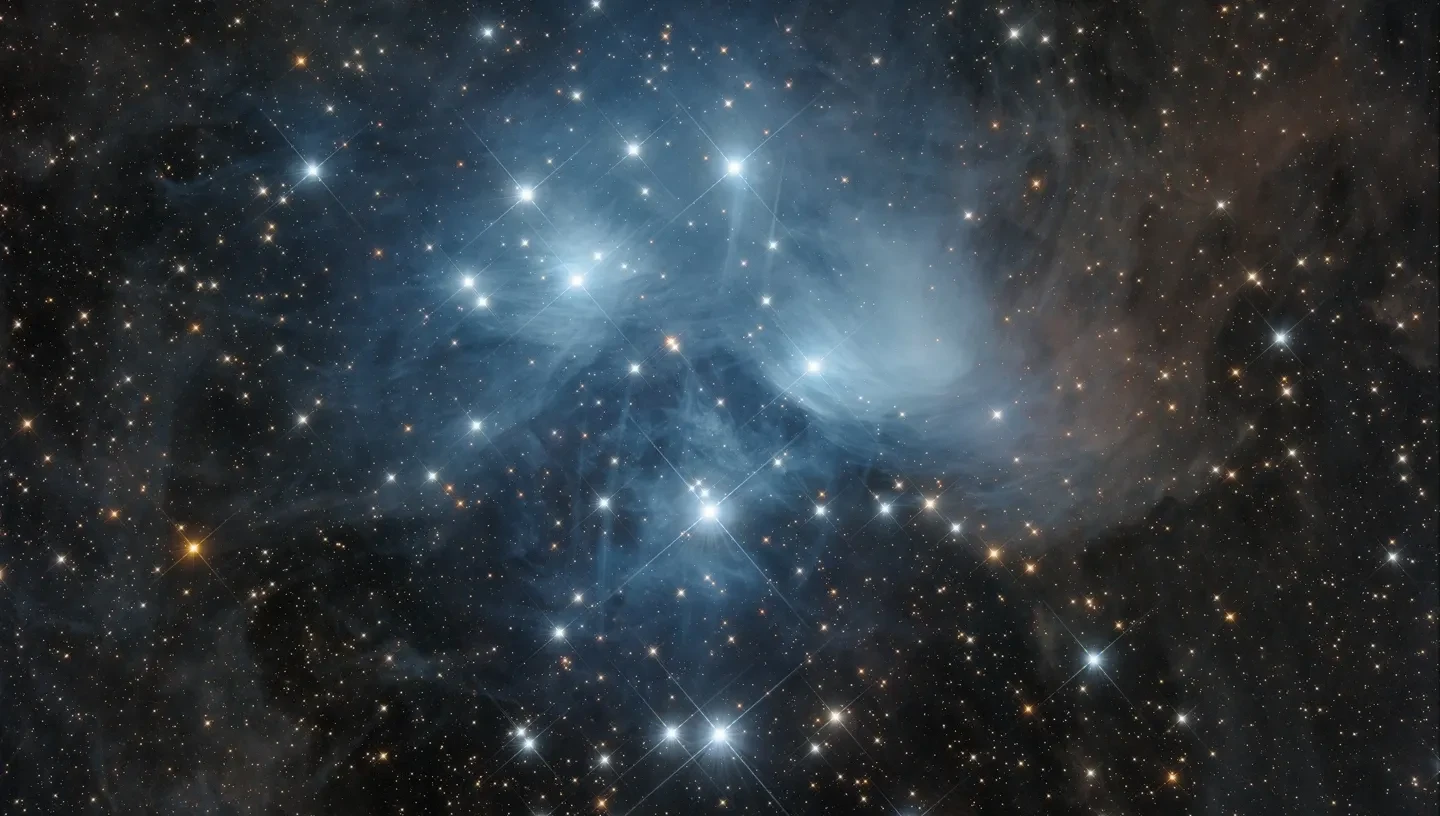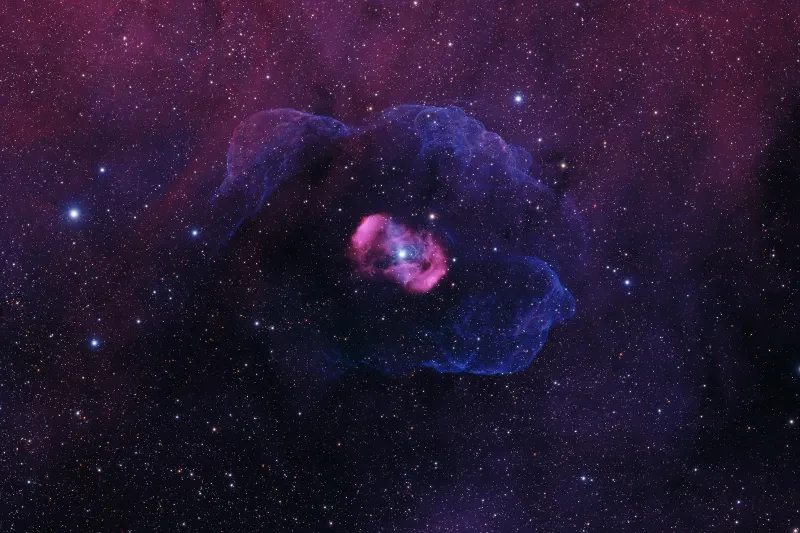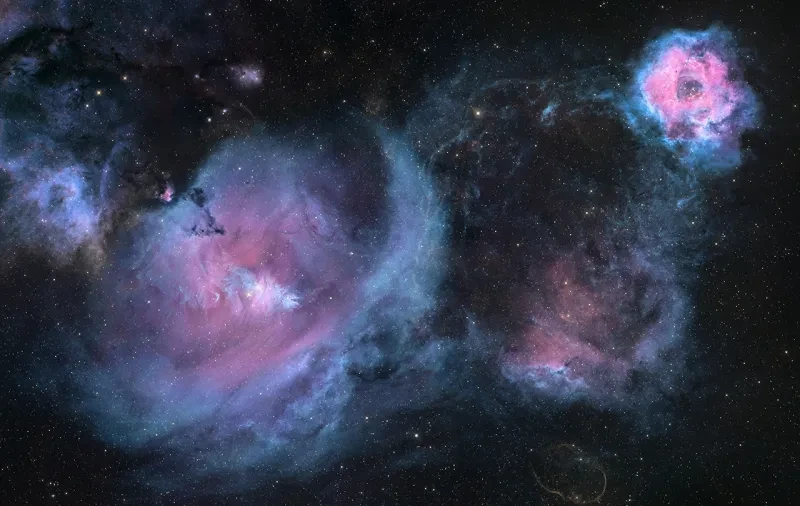
How and, more importantly, why do we measure the brightness of stars?
Photometry dates back more than 2000 years to when the Greek astronomer Hipparchos divided the stars into six brightness classes. The brightest visible stars he called stars of the first magnitude and the faintest visible he called stars of the sixth magnitude.
Dim or just far away?
The apparent brightness of any object in the sky is due to its intrinsic brightness and to its distance. For instance, the brightest known object in the Universe is a very faint quasar as seen from the Earth, and can only be seen with a large telescope. If it were as close as the nearest galaxy, it would be easily visible to the naked-eye.
After 1850, photography was used to determine the brightness of stars as the density and size of the image is directly related to the brightness of the star. It was soon apparent, however, that the photographic magnitudes did not agree very well with those obtained visually.
The modern successor to the photographic plate, the charge-coupled device (CCD), is capable of measuring individual photons from stars and galaxies in fields of a few square arcminutes.
Other devices are available which can measure the brightness of an astronomical object in X-rays, the ultraviolet, the infrared and in radio-waves. Some of these have to be used outside the Earth's atmosphere, in rockets or satellites, because the radiation does not pass through the atmosphere.
By using filters to isolate particular parts of the spectrum, astronomers can make photometric measurements to determine the intrinsic brightness, the distance, chemical composition and age of individual stars and galaxies and discover quasars near the limit of the observable Universe.
Stellar evolution
Much of our knowledge of how stars change as they grow older has been derived from photometry of stars grouped in clusters. These stars are believed to have been formed at almost the same time from one gas cloud. They all, therefore, have almost identical distances, ages and compositions.
The observation of all the members of a cluster gives us an instant picture of what a large number of stars are like at one particular age. By combining pictures for different clusters of different ages we can deduce how a star's properties change with age.
Variable stars
Our Sun is believed to be of constant brightness (although it may vary very slightly). Many other stars change their brightness quite markedly. By studying the manner in which they change, astronomers can learn more about the details of stellar evolution and the internal structure of stars.
Many stars are not single stars, like the Sun, but double. The two stars circle one another and if the plane of their mutual orbit is near the line of sight, one star will pass in front of the other thus eclipsing it and giving a reduction in the observed total brightness.
Due to the very large distances to stars, the two stars cannot be separated even in the biggest telescopes but by an analysis of the shape of the light variation the masses and sizes of the two individual stars may be found.
The Cepheid period-luminosity relationship
Some stars’ variability is due to internal causes rather than external ones. The cepheid variables are members of a very important class of variables. These are stars that brighten and fade because of a cyclic expansion and contraction of the whole star.
In 1908, Miss Leavitt noted that in one of the Magellanic clouds (which are satellite galaxies to the Milky Way), there was a strong relationship between the brightness of the cepheids and their period of pulsation.
This period-luminosity relation, as it is called, has been studied in great detail and is now one of the most important methods used for determining the distances to other galaxies.
Main image: M45 © Richard Sweeney Astronomy Photographer of the Year 2021 Stars and Nebulae shortlist



